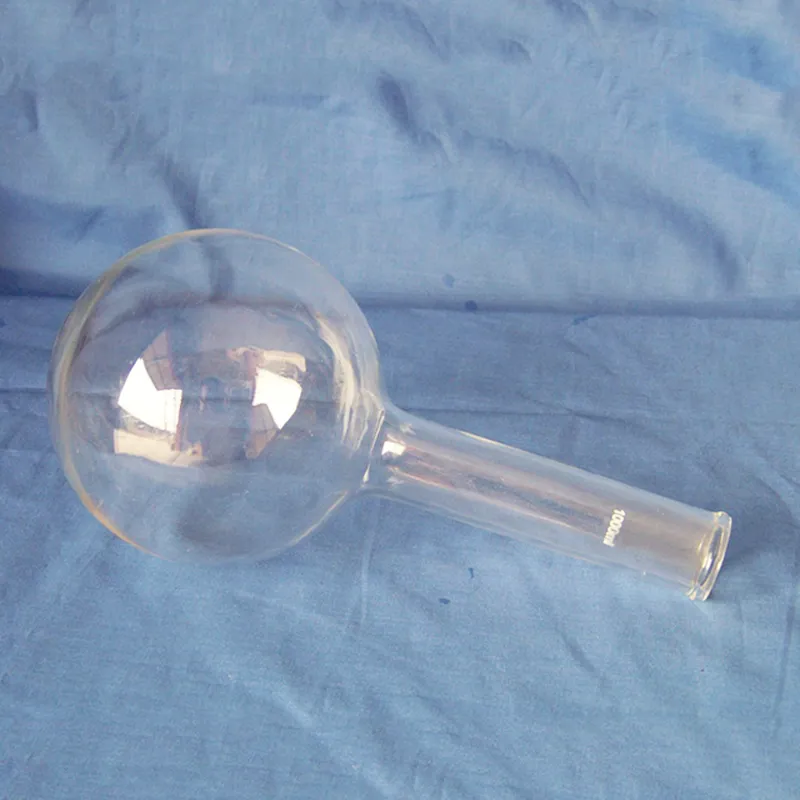
Every feature of the ocular lens on microscope is built to provide maximum viewing accuracy and comfort to the user. The coarse and fine focus of the microscope provide control to observe large and small specimens. The ocular lens on microscope has enhanced illumination technology to give balanced light conditions to highlight color contrasts and fine details. It has also got compatibility with digital imaging software for analysis and documentation to allow researchers to store and compare results efficiently.

Applications of the ocular lens on microscope include nanotechnology and public health. In biotechnology, it provides visualization of genes and interactions of cells. In food safety testing, the ocular lens on microscope identifies contaminants and microorganisms that affect product quality. In materials engineering, it assists in failure analysis and accurate measurement of microscopic structures. The ocular lens on microscope also finds application in archaeology, enabling scientists to study mineral residues and microfossils that reflect environmental conditions in the past.

Future technology is revolutionizing the future of the ocular lens on microscope, focusing on automation, high speed, and visualization. New-generation models will be provided with sophisticated image-processing algorithms to process information in real time. The ocular lens on microscope will likely utilize adaptive optics for improved imaging at higher magnifications, both to the advantage of biological and materials research. Handheld and portable versions will become standard, bringing microscopic study to the location. With growing demands for sustainability, energy-saving ocular lens on microscope versions will also run laboratories worldwide.

Maintenance of the ocular lens on microscope involves regular cleaning and preventive inspection. Always start by making sure all lenses and eyepieces are clean of dust before observing. Avoid subjecting the ocular lens on microscope to extreme temperatures or humidity levels. Clean immersion lenses after each session and remove all the slides from the stage. Keep the ocular lens on microscope covered when not in use to protect it from contaminants. Engage professional maintenance every year to inspect optical alignment and ensure there is smooth mechanical running.
With a ocular lens on microscope, human man can explore the microcosm with unprecedented clarity. The instrument magnifies small samples so that exact study can be conducted in laboratories, clinics, and schools. The ocular lens on microscope recognizes cell morphology, bacterial cultures, and intricate material surfaces. Although optical and electronic technology has been enhanced, the ocular lens on microscope of today's time offers more magnification, image stability, and integration into digital media for efficient data registration and perception.
Q: What is a microscope used for? A: A microscope is used to magnify tiny objects or structures, allowing detailed observation of cells, microorganisms, and materials that are invisible to the naked eye. Q: How often should a microscope be calibrated? A: To maintain measurement accuracy and ensure accurate focus during research or analysis, regular calibration should be performed, typically once or twice a year. Q: What type of light source is commonly used in a microscope? A: Most modern microscopes use LED or halogen light sources, which provide stable light and adjustable brightness for clear images at a wide range of magnifications. Q: Can a microscope be connected to a computer? A: Yes, many microscope models feature USB or HDMI ports that allow image capture and digital display through specialized imaging software. Q: How should a microscope be stored when not in use? A: A microscope should be covered with a dust shield and stored in a cool, dry location to prevent contamination and protect optical components from humidity.
This ultrasound scanner has truly improved our workflow. The image resolution and portability make it a great addition to our clinic.
The centrifuge operates quietly and efficiently. It’s compact but surprisingly powerful, making it perfect for daily lab use.
To protect the privacy of our buyers, only public service email domains like Gmail, Yahoo, and MSN will be displayed. Additionally, only a limited portion of the inquiry content will be shown.
Could you share the specifications and price for your hospital bed models? We’re looking for adjus...
I’m looking to purchase several microscopes for a research lab. Please let me know the price list ...
E-mail: [email protected]
Tel: +86-731-84176622
+86-731-84136655
Address: Rm.1507,Xinsancheng Plaza. No.58, Renmin Road(E),Changsha,Hunan,China